Scottish Border Abbeys
From Edinburgh I took a long frustrating series of buses to see Rosslyn Chapel, which features in the Da Vinci Code due to it having truly bizarre architecture and inscrutable iconography. Between the major restoration underway and the minimal zoom on my camera I decided to follow the instructions to forbear from taking pictures, but you should check it out. Among the oddities are 213 ornate little stone cubes that jut from the pillars and rafters, carvings of men who seem to be part tree, and other carvings that are intricate yet vague enough for people to spin all kinds of crazy theories about their origins and meaning.
Another few buses finally got me to Melrose, where I peeked at the ruined abbey as the sun set.
The hostel in Melrose was closed for the season, leading me to head to Jedburgh to find a bed and breakfast, so unfortunately I didn't get back to see Melrose's ruins from inside the gates or during daylight.
Come daylight I did visit Jedburgh's nearly nine hundred year old abbey ruin. This site had a great visitor's center, which outlined the history in easily digestible chunks and detailed the schedules, diets, and other aspects of the lives of the monks.
Some sort or restoration work kicked up a fine smoke, which looked ghostly from the right angle.
Have I ever told you that in my high school yearbook's superlatives page I was chosen as most likely to join a monastery? People in high school didn't know me at all. That was my most anti-religious stage of my life. Now I'm much more moderate as an atheist who is moderately tolerant of religions who are themselves moderate. In high school I was militantly opposed to religion or spirituality in any form. I will admit, however, that I do make a pretty good monk in pictures.
Only the west end remains of Kelso's abbey, which is now surrounded by the town.
I approved of the octagonal old parish church that was within sight of the abbey towers.
I also liked a random church I passed on the way to Floors Castle. The multi-peaked spires are a look I'd incorporate if building a fantasy castle.
Floors Castle isn't a castle at all, but is really a mansion. It is only open when not used as a residence, and I decided a glimpse was enough. On the bus from there I talked to some fellow Americans (who were remarkably easy to notice, given that we were in an English speaking country. I expect to instantly recognize the Americans in Korea, but I guess we aren't much more subtle in the U.K.), one of whom had family connected in some way with the 'castle' and so had sneaked onto the grounds and spend the night there.
My fourth abbey ruin of the day was the least accessible. The bus left me in the village of Newton St. Boswells, and I had a long walk along roads and paths to get to Dryburgh Abbey. Along the way, I came across this statue of William Wallace looking out over the valley.
I had to quickly move on to catch the last half hour of the abbey's visiting hours. I started to panic and even tried to flag down cars to speed up the last mile or so when I was worried that after the long walk the land would be closed. There were hardly any cars and I looked too sketchy to pick up a ride, but I was able to make it just barely in time. I was only admitted because I had the Scottish Heritage Pass and so didn't have to be processed. It was totally worth it.
Sir Walter Scott was buried in a pink hued section of the ruin.
I had the freestanding spiral staircases and other ruined outposts mostly to myself.
On my long -- but no longer worrisome -- walk back to the town with bus access, I saw numerous game birds (either partridges or pheasants, I'm not sure) pecking their way through the fields.




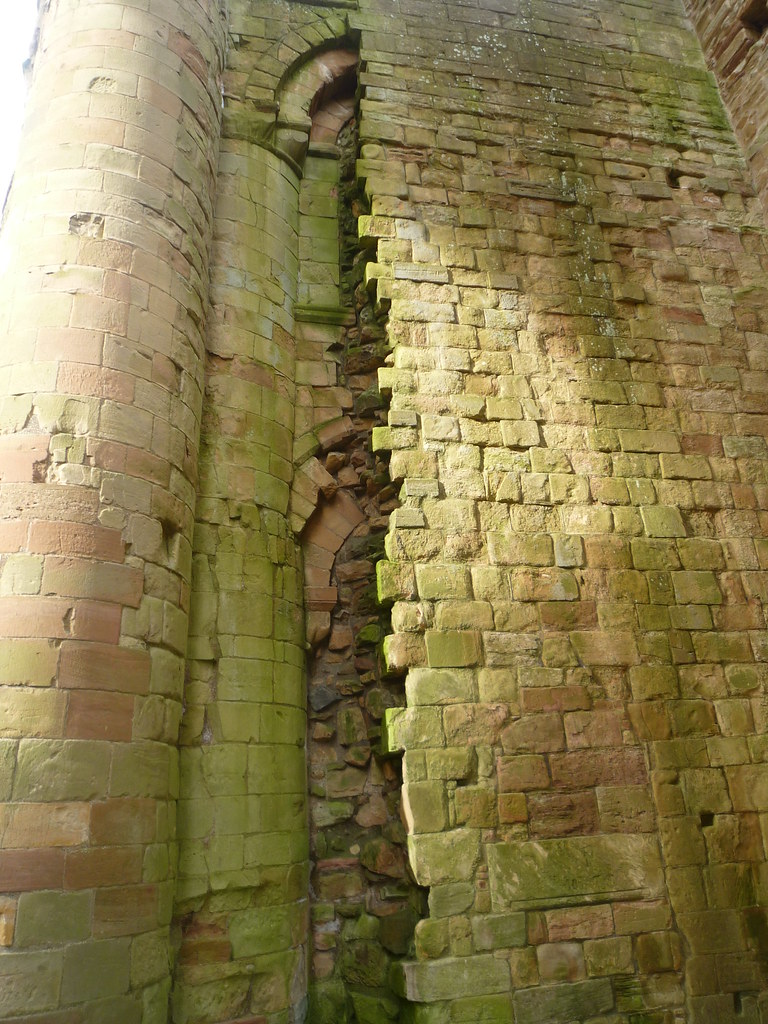
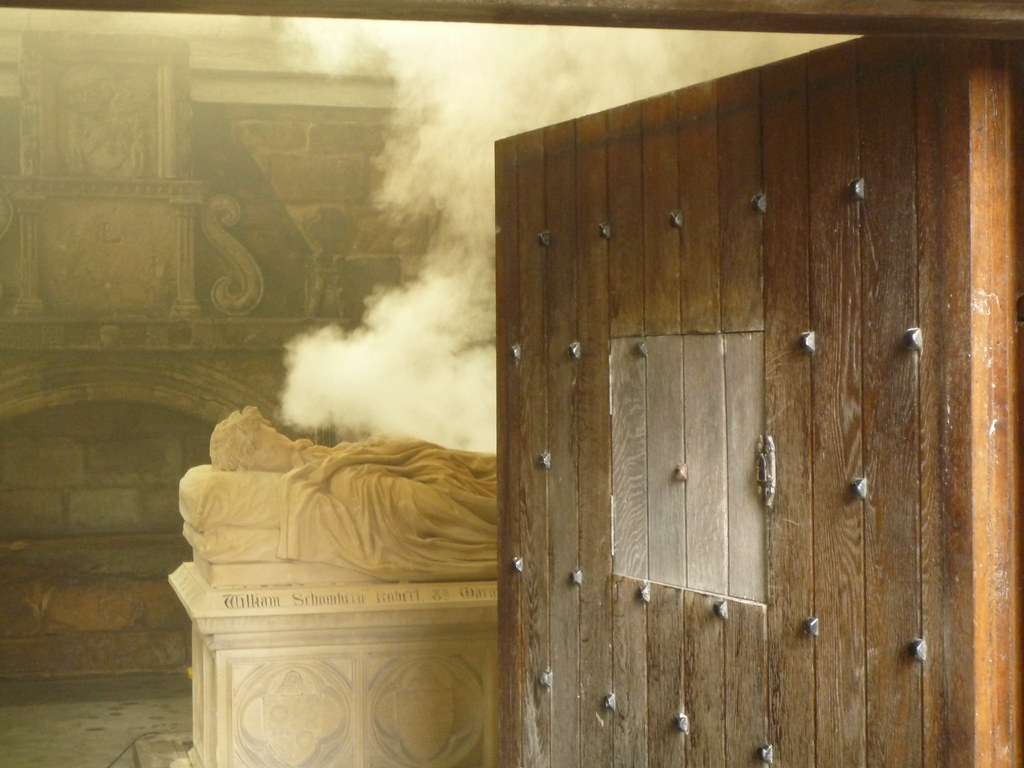




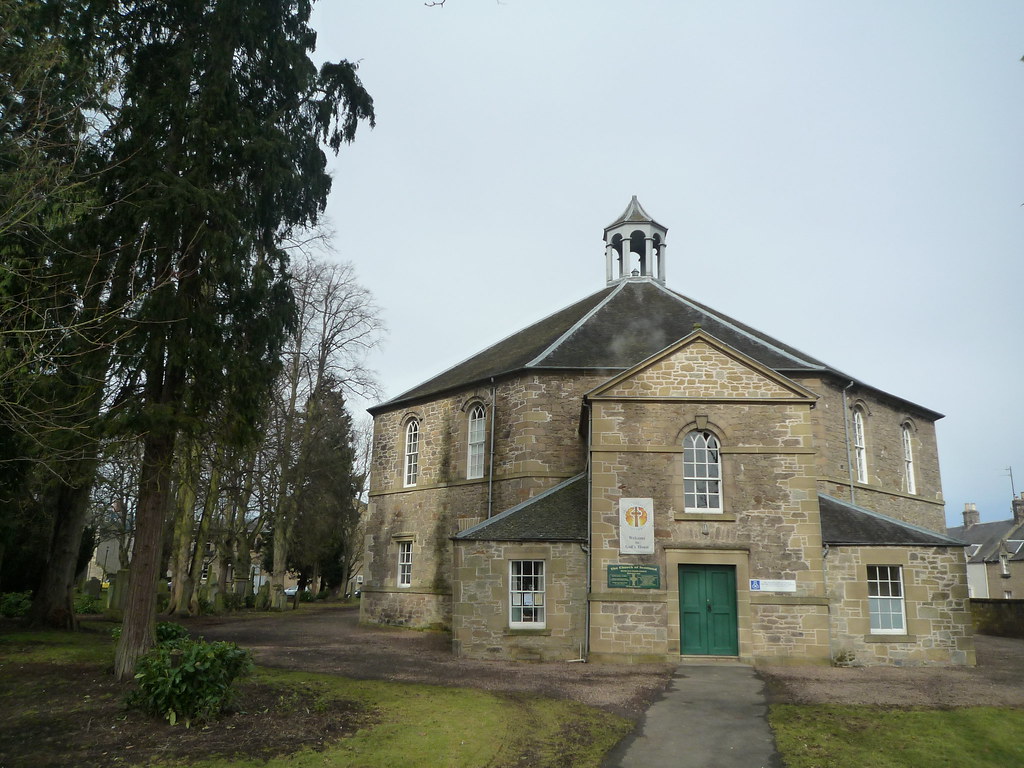

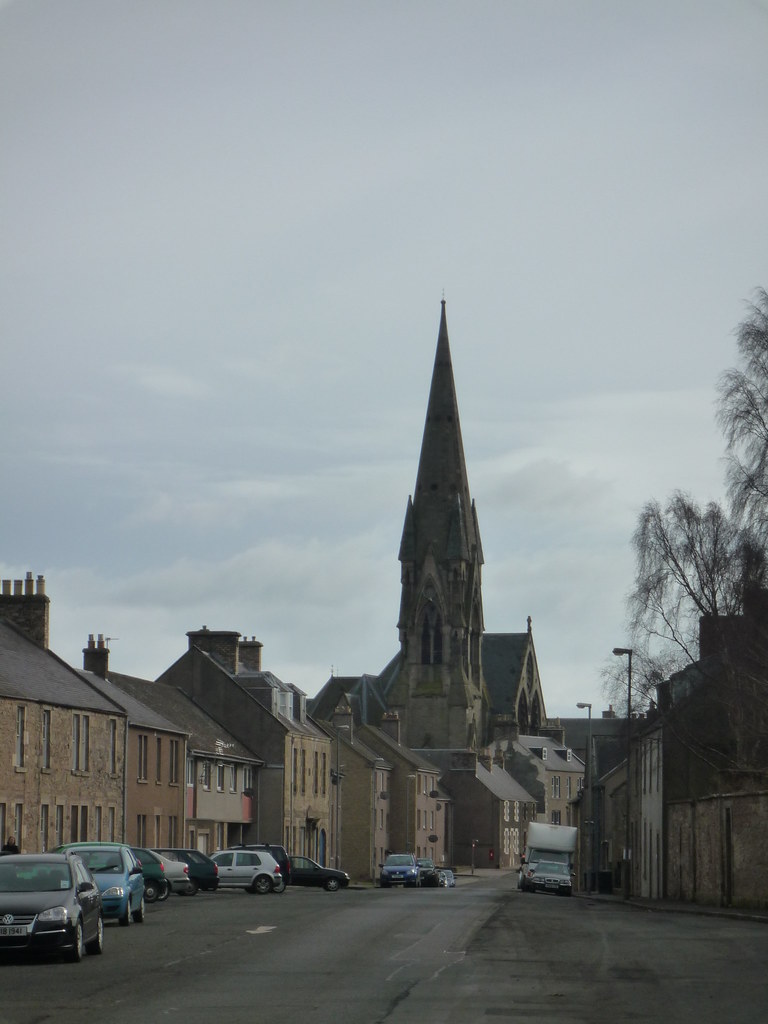
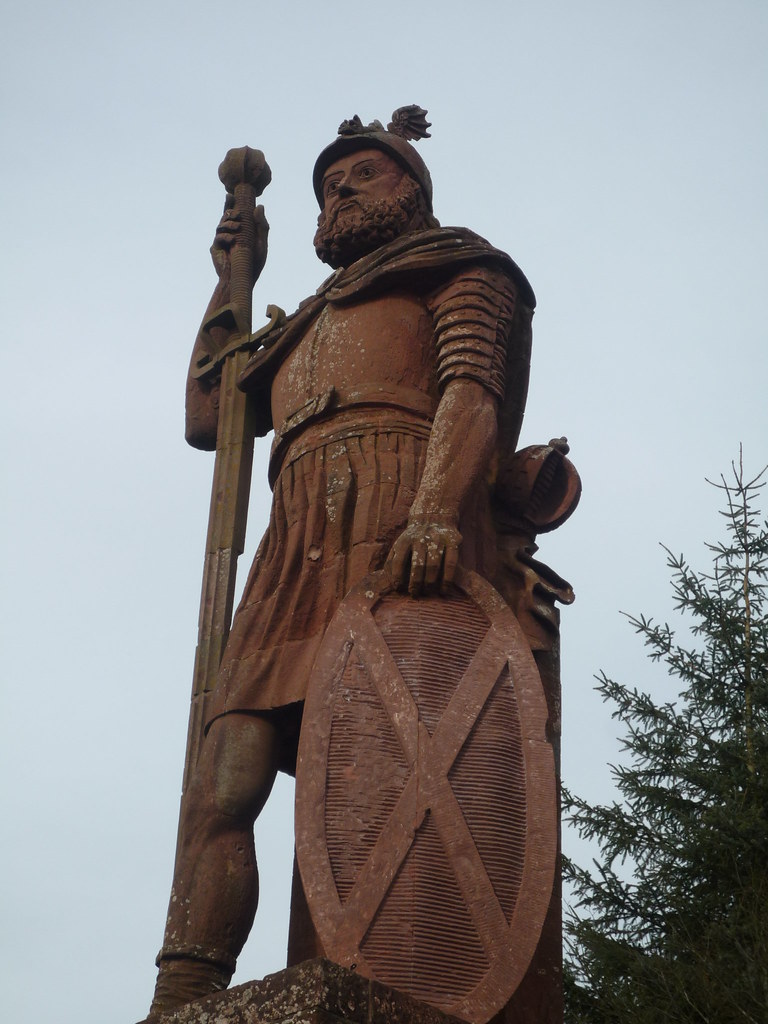
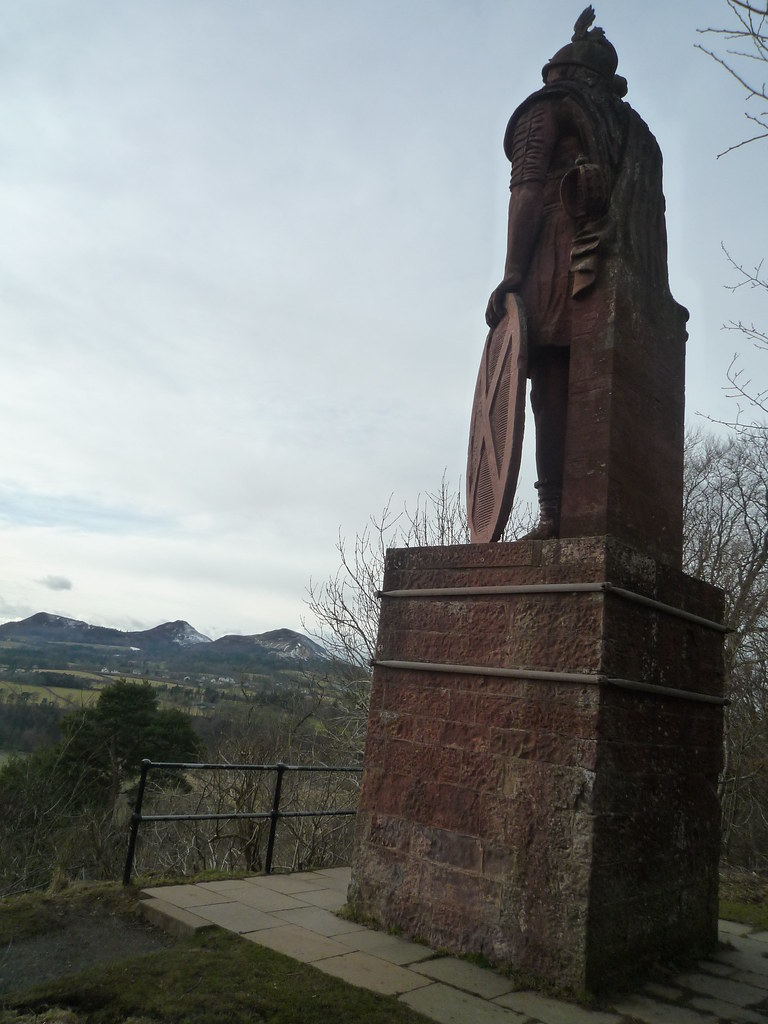

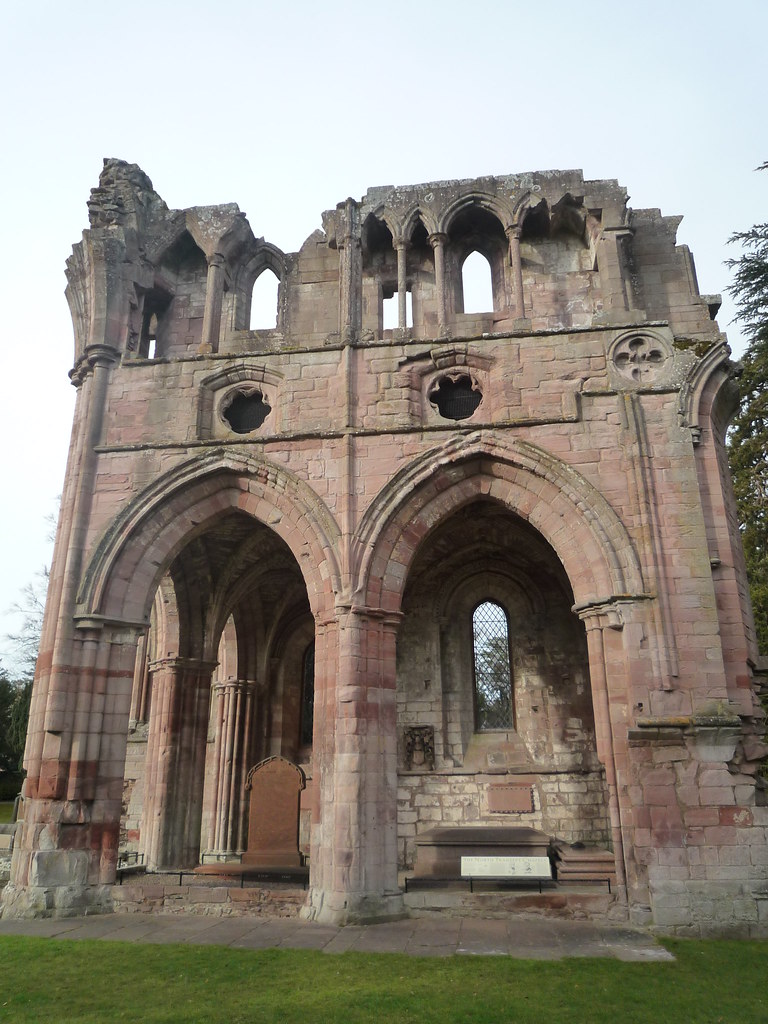
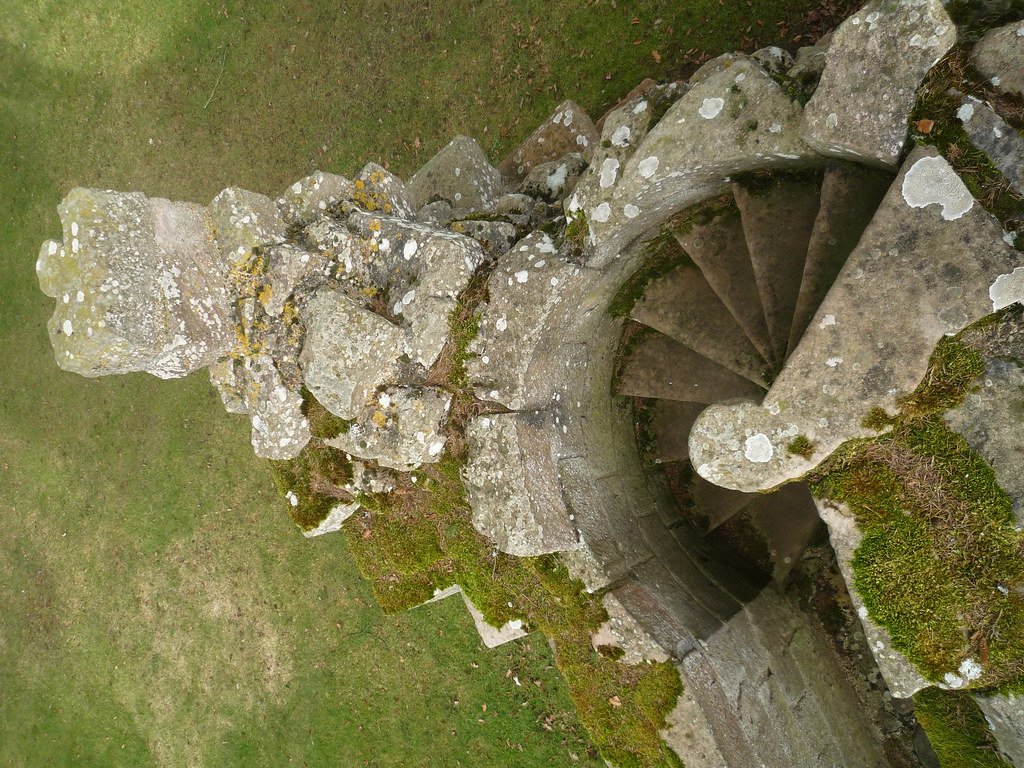
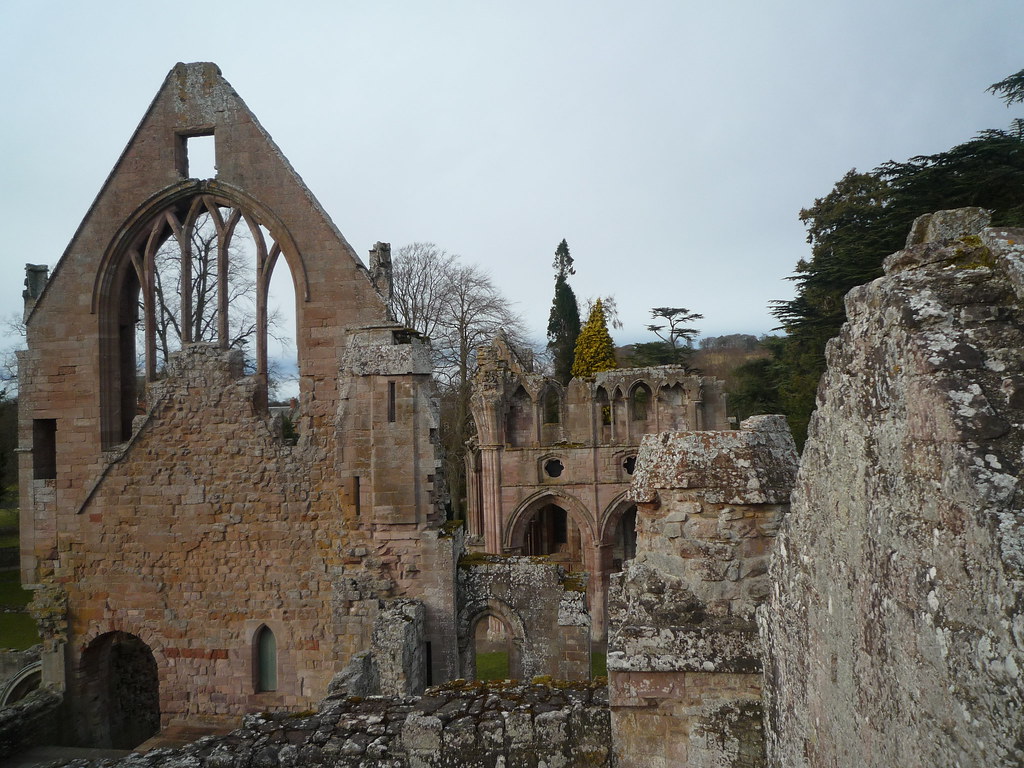
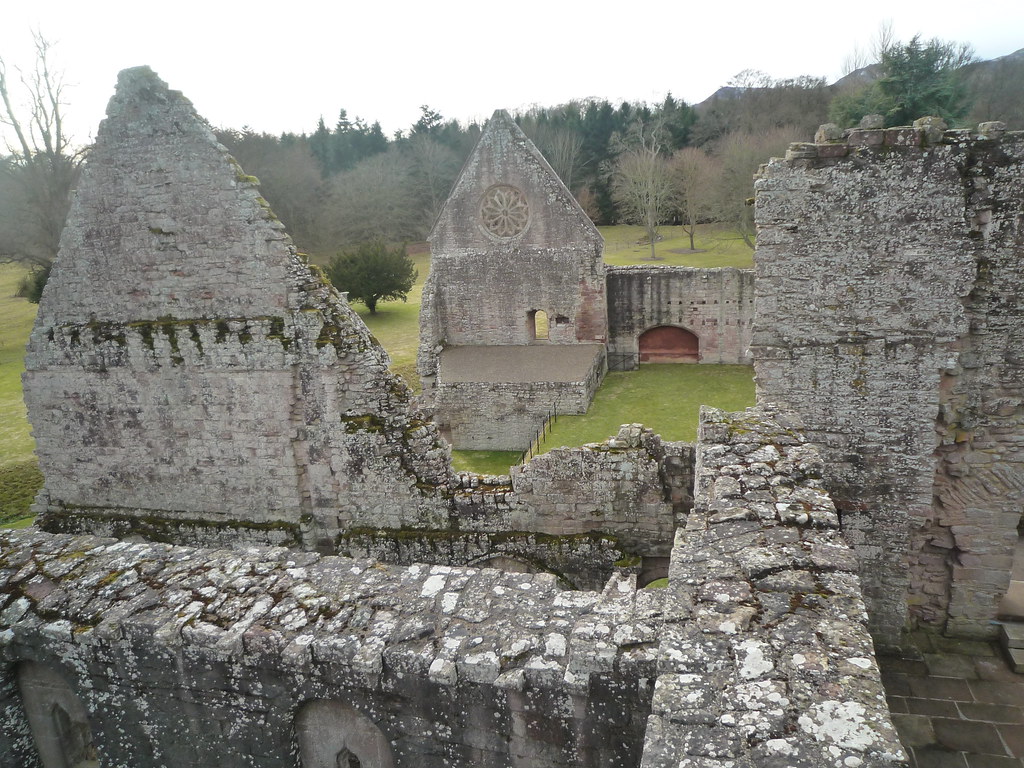



0 comments:
Post a Comment